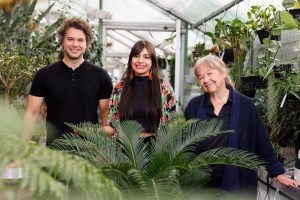Science & Tech
-

Rethinking — and reframing — superintelligence
Microsoft researcher says separating AI from people makes systems dangerous and unproductive
-

First, male gets heated up, then female, and then, you know
Study shows infrared radiation from plants serves as invitation to pollinating insects
-
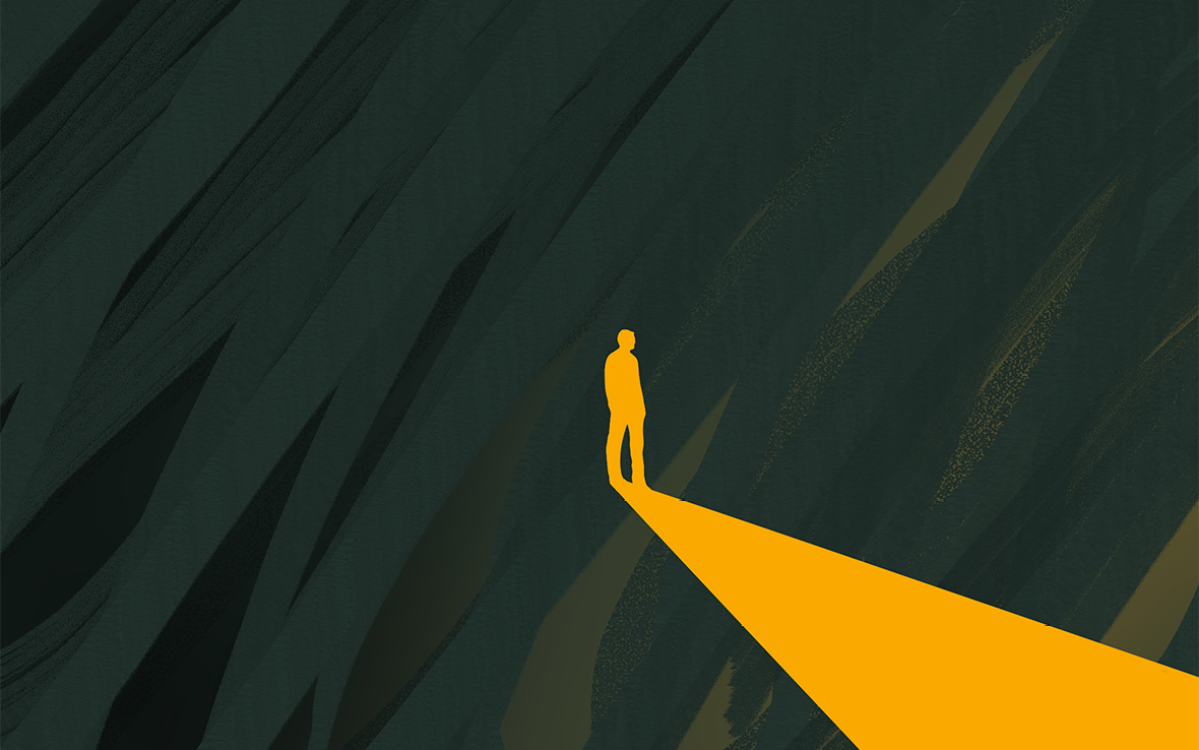
‘Consciousness’
What we know and don’t know about the life of your mind
-
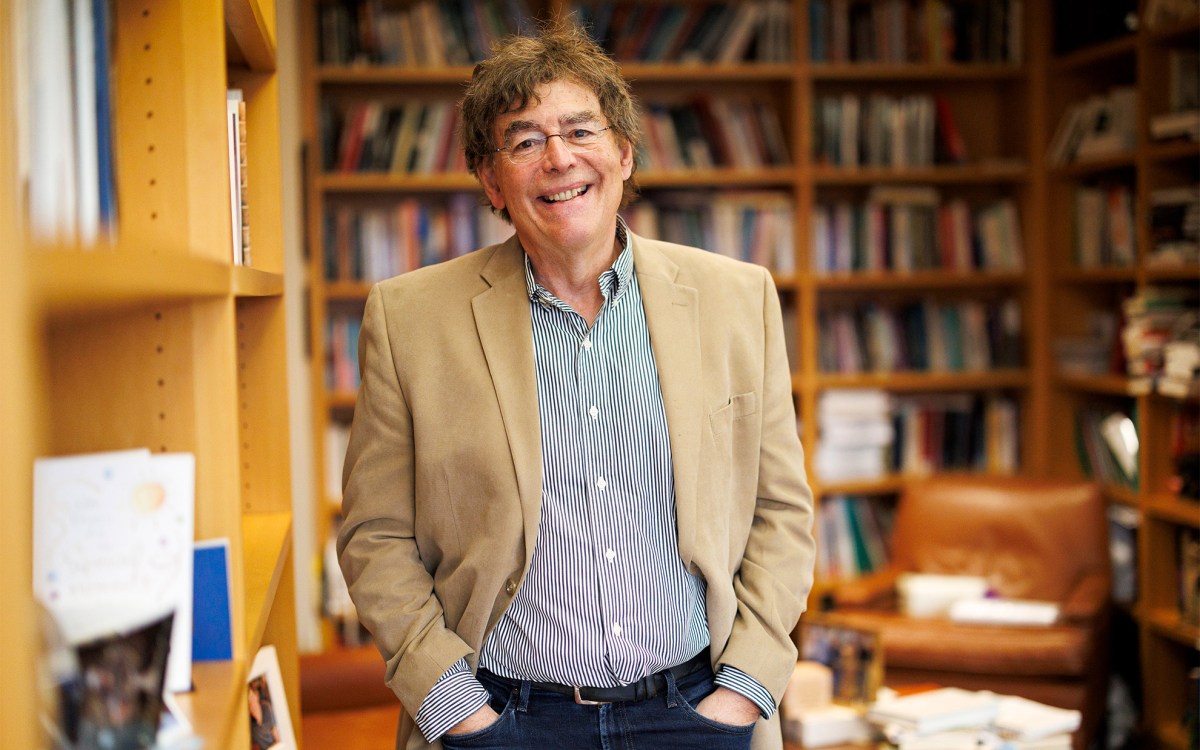
Science needs contrarians, and contrarians need support
Institute of Quantitative Social Science initiative tailored to researchers exploring provocative ideas
-

Cracking the code of why, when some choose to ‘self-handicap’
New research also offers hints for devising ways to stop students from creating obstacles to success

-
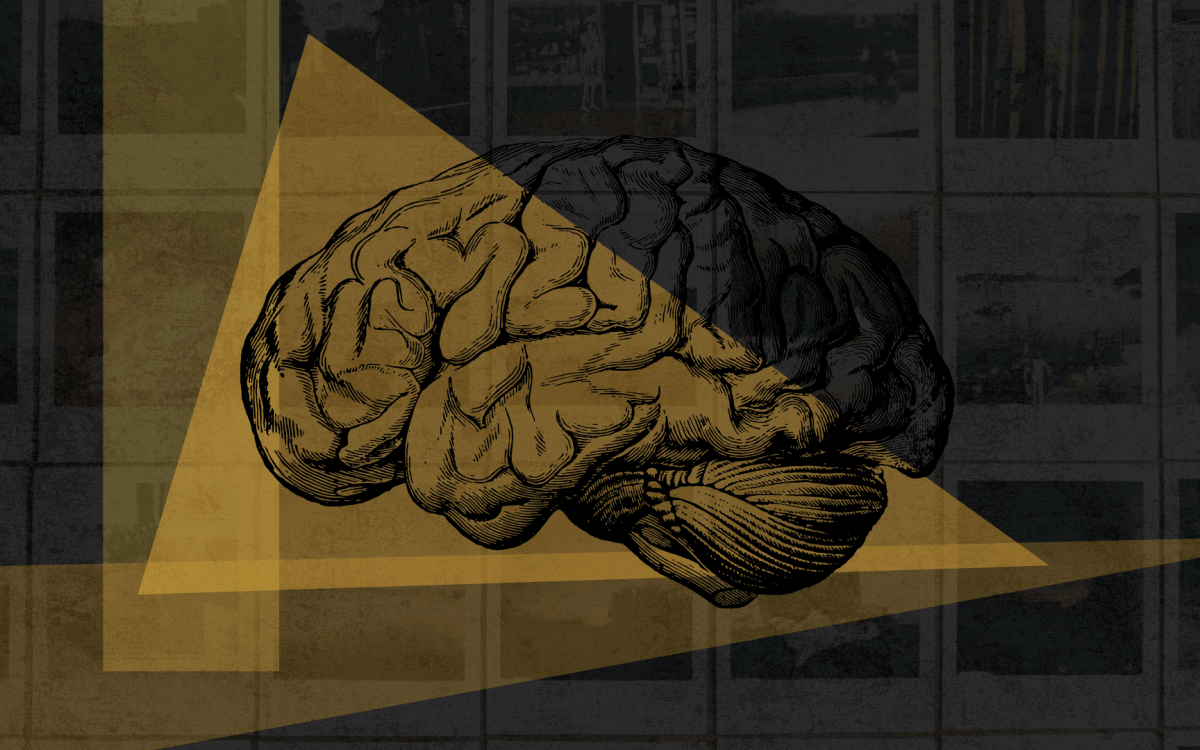
How memory works (and doesn’t)
In podcast, scientists explain why remembering is more reconstruction than replay
-
Scientists pinpoint neural activity’s role in human longevity
The brain’s neural activity, long implicated in disorders ranging from dementia to epilepsy, also plays a role in human aging and life span, according to research led by scientists in the Blavatnik Institute.
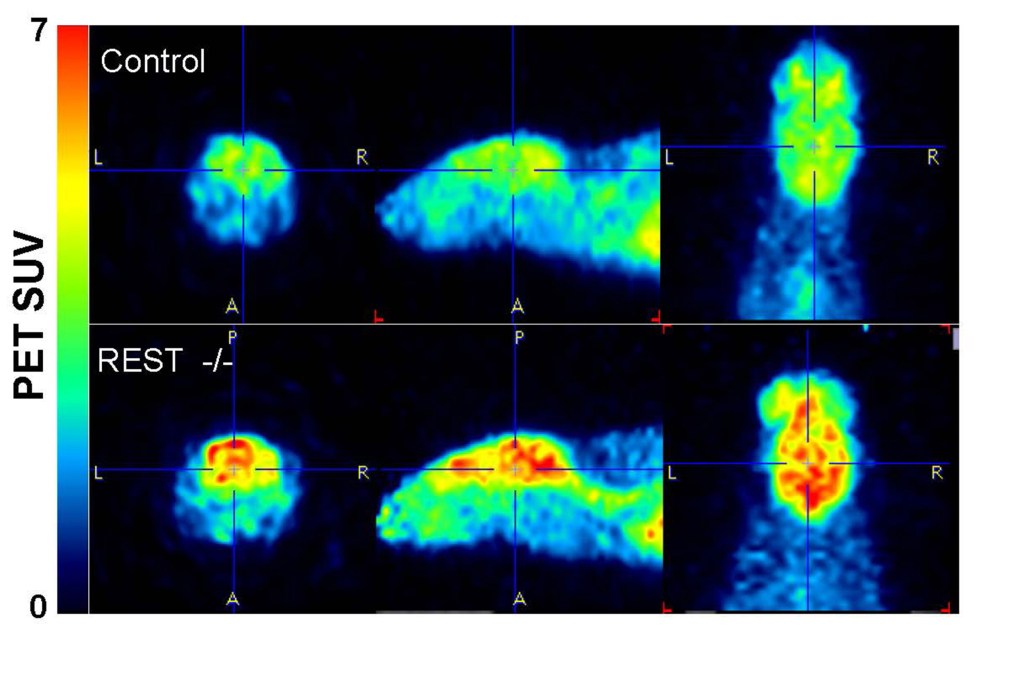
-
A reliable clock for your microbiome
The microbiome is a treasure trove of information about human health and disease, but getting it to reveal its secrets is challenging, especially when attempting to study it in living subjects. A new genetic “repressilator” lets scientists noninvasively study its dynamics, acting like a clock that tracks how bacterial growth changes over time with single-cell precision.
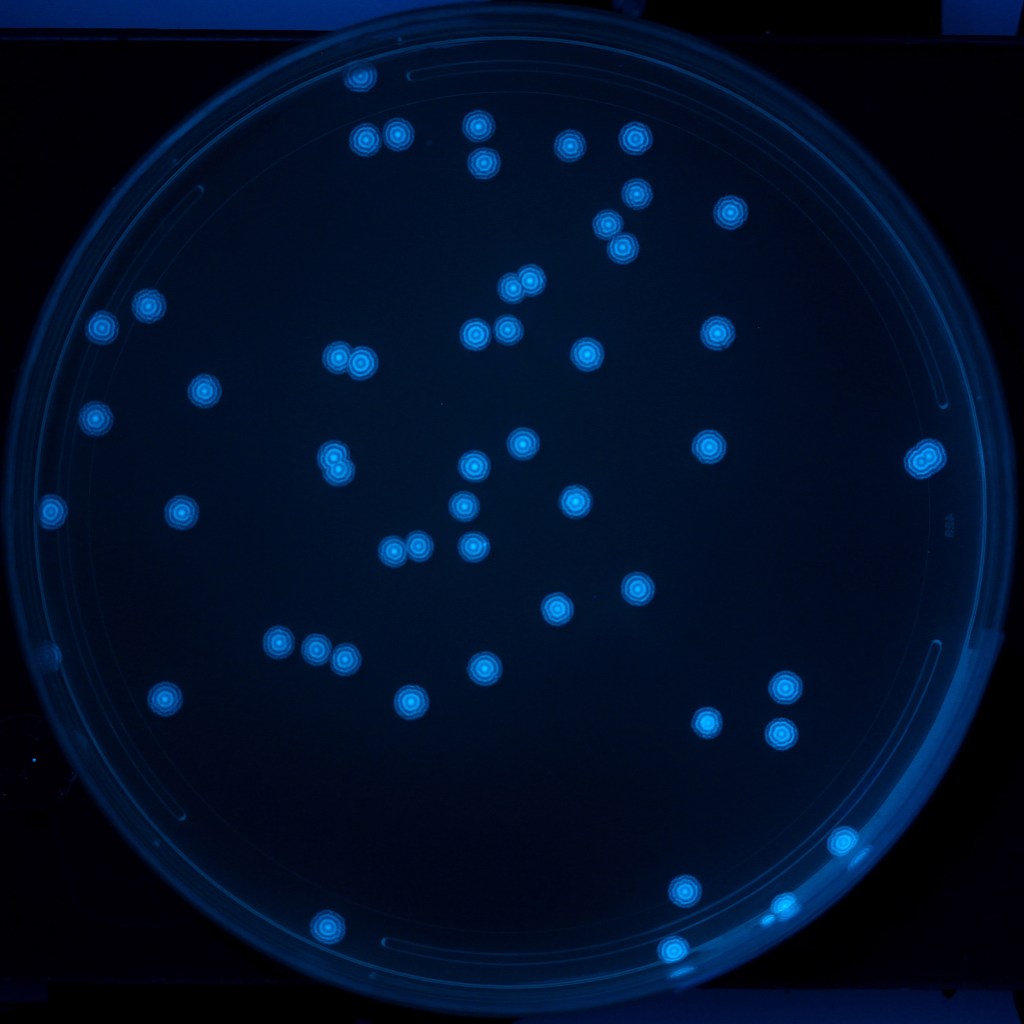
-
CRISPR enzyme programmed to kill viruses in human cells
Researchers have turned a CRISPR enzyme into an antiviral that can be programmed to detect and destroy RNA-based viruses in human cells.

-
Unhidden figures
LaNell Williams wants to encourage more women of color to pursue doctorate degrees in fields such as physics. To help make that happen, she founded the Women+ of Color Project, which last week hosted a three-day workshop that invited 20 African American, Latinx, and Native American women interested in pursuing a career in a STEM field to Harvard.

-
Is technology evil?
A HubWeek panel exploring ethics in the digital world featured computer scientist and entrepreneur Rana el Kaliouby and Harvard Professor Danielle Allen.

-
Red flags rise on global warming and the seas
The world’s oceans, glaciers, and ice caps are under assault by climate change. The Gazette spoke with former Obama science adviser John Holdren about the latest Intergovernmental Panel on Climate Change report examining the threat.
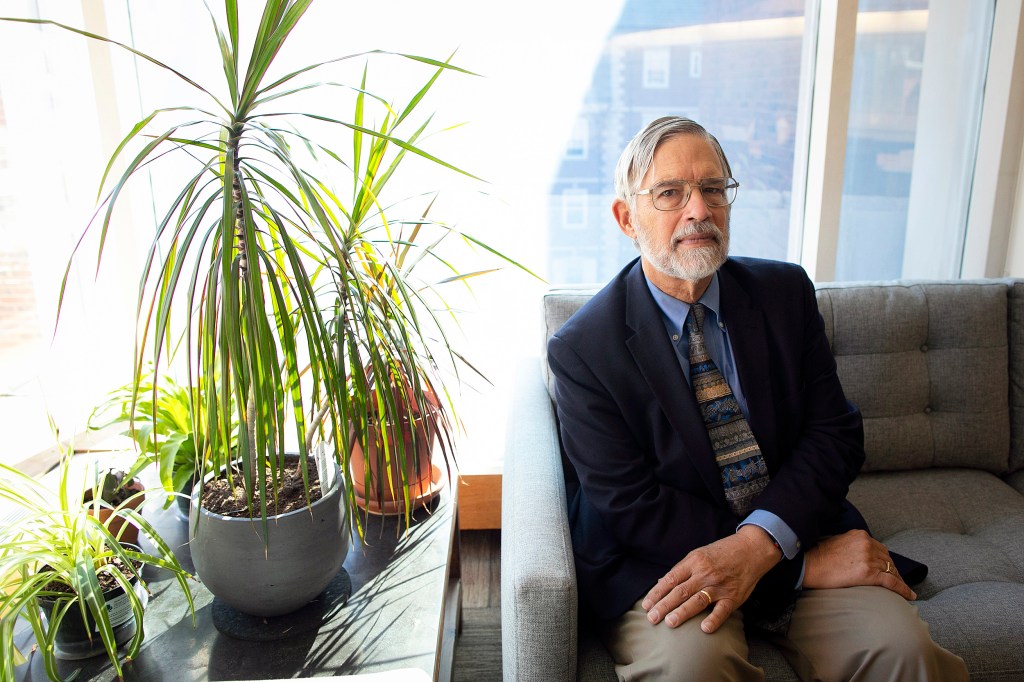
-
Tiny tweezers
Using precisely focused lasers that act as “optical tweezers,” Harvard scientists have been able to capture and control individual ultracold molecules – the eventual building-blocks of a quantum computer – and study the collisions between them in more detail than ever before.

-
The shape-shifting of things to come
What would it take to transform a flat sheet into a human face? How would the sheet need to grow and shrink to form eyes that are concave, a nose…
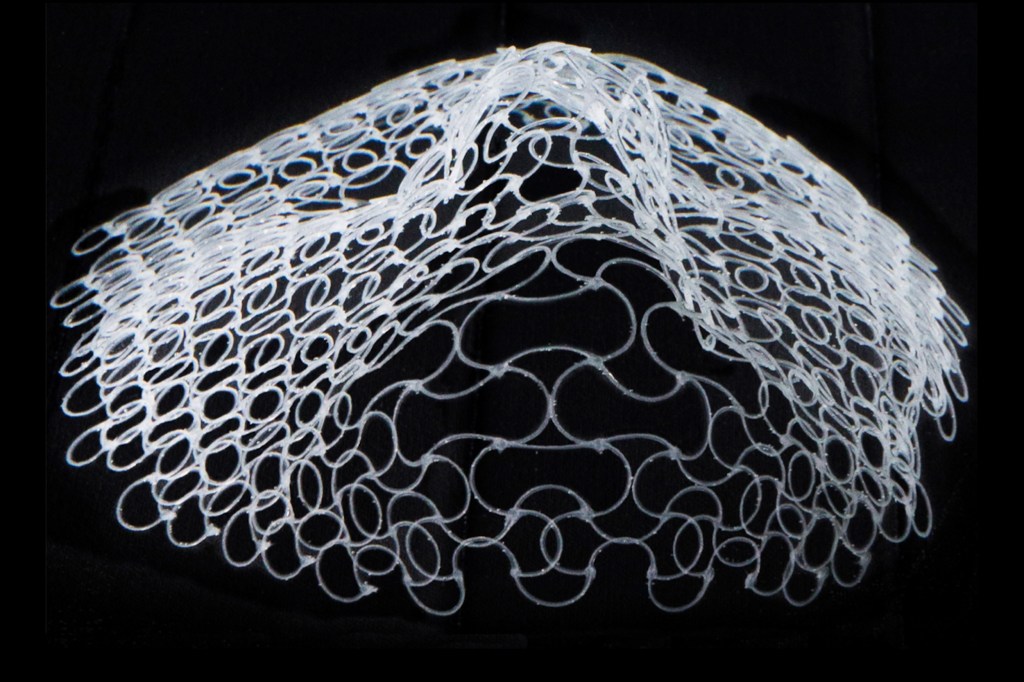
-
First video of viruses assembling
For the first time, Harvard researchers have captured images of individual viruses forming, offering a real-time view into the kinetics of viral assembly.

-
Innovating an innovation
HubWeek fall festival takes place Oct. 1‒3 in Boston’s Seaport District.
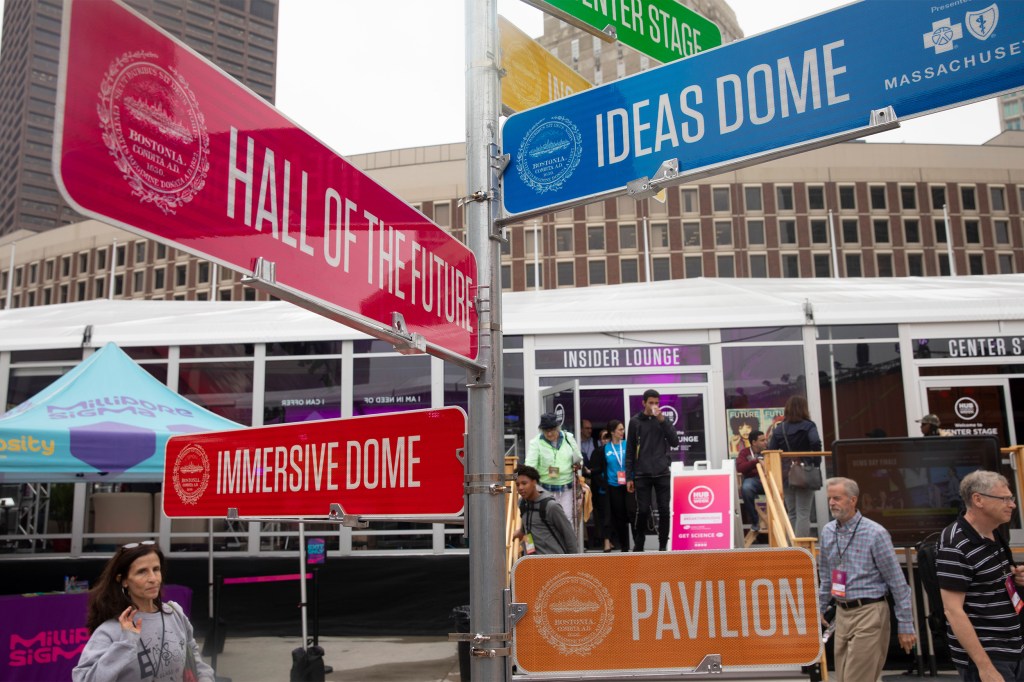
-
Ending ‘dead zones’
Harvard scientists are teaming up with sustainability officers and landscaping experts to test a new fertilizer that won’t wash into water supplies.

-
Up close and personal with neuronal networks
Researchers from Harvard University have developed an electronic chip that can perform high-sensitivity intracellular recording from thousands of connected neurons simultaneously, allowing them to identify hundreds of synaptic connections.
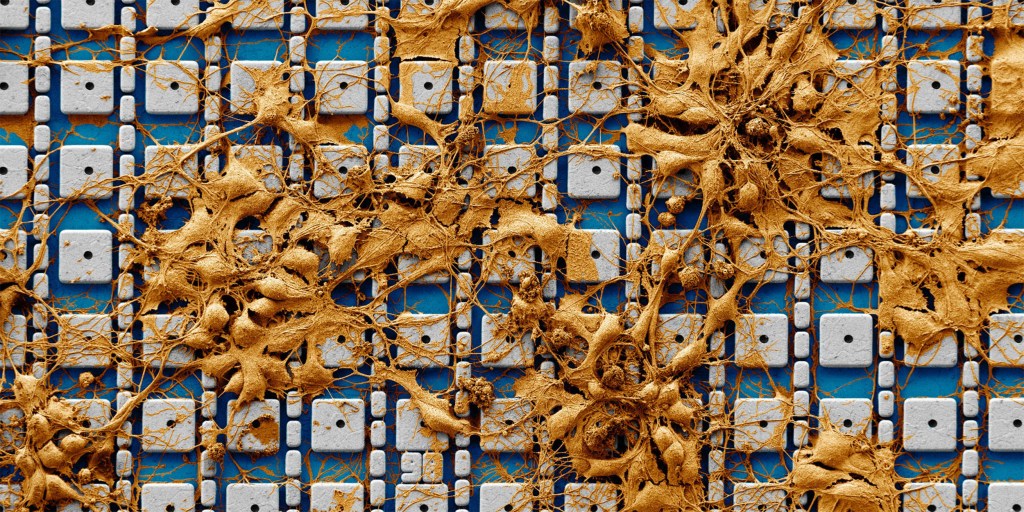
-
The future of mind control
A new paper explores why neuron-like implants could offer a better way to treat brain disorders, control prosthetics, or even enhance cognitive abilities.
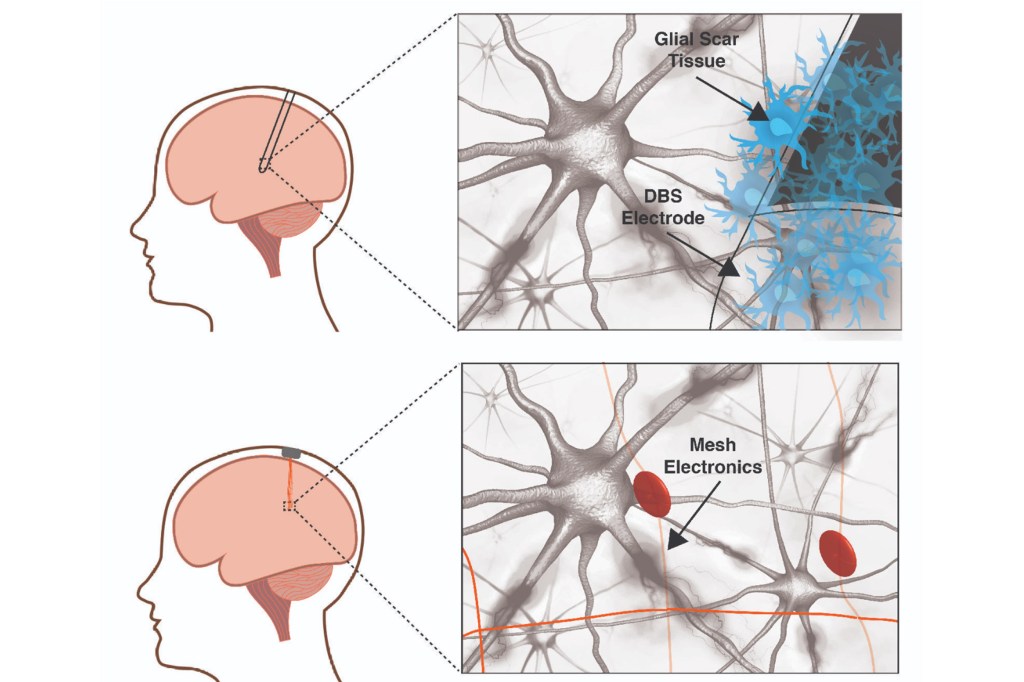
-
Solve ocean’s troubles and climate change too?
Experts from Harvard and beyond gathered Monday to discuss the oceans’ plight in a warming world, offering hopeful solutions despite the often bleak assessment prompted by warming, pollution, acidification, and coral bleaching.
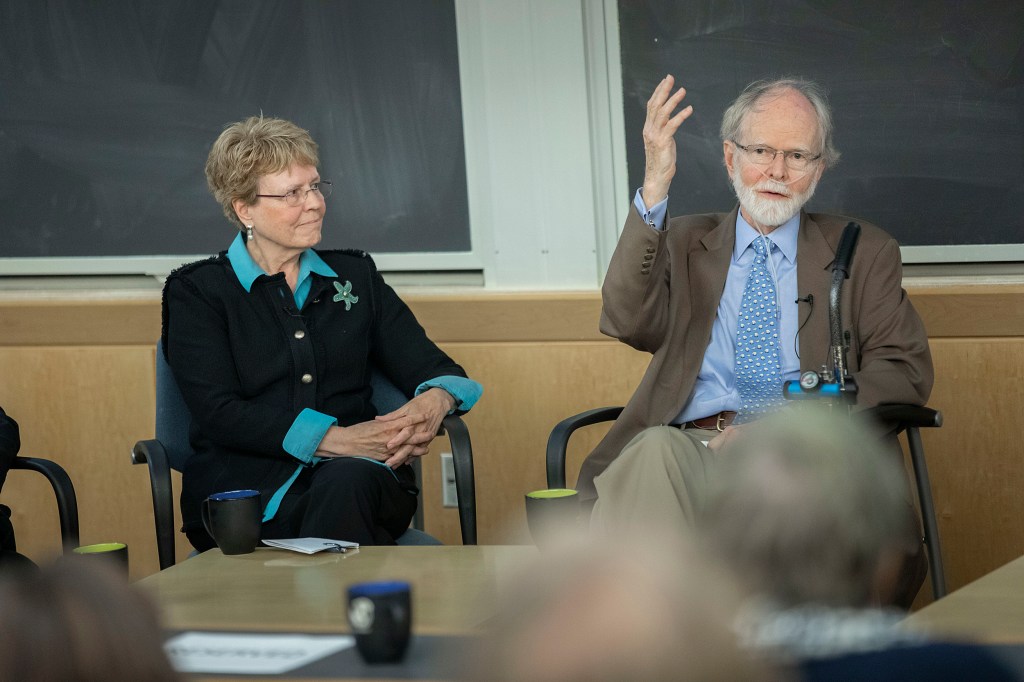
-
Break it up
Researchers at Harvard and Cornell have discovered exactly how a reactive copper-nitrene catalyst could transform a strong carbon-hydrogen bonds into a carbon-nitrogen bond, a valuable building block for chemical synthesis.

-
A shot in the arm for vaccine research
Immunology research at the Ragon Institute of MGH, MIT, and Harvard has advanced an HIV vaccine into the clinic, and will diversify thanks to a major gift from Phillip T. and Susan M. Ragon.

-
A precise chemical fingerprint of the Amazon
A group of researchers are using a drone-based chemical monitoring system to track the health of the Amazon in the face of global climate change and human-caused deforestation and burning.

-
Playing our song
Samuel Mehr has long been interested in questions of what music is, how music works, and why music exists. To help find the answers, he’s created the Music Lab, an online, citizen-science project aimed at understanding not just how the human mind interprets music, but why music is a virtually ubiquitous feature of human societies.

-
A silly-sounding prize for some serious science
Harvard-trained researchers win Golden Goose Awards from the American Association for the Advancement of Science.

-
An umbrella to combat warming
Harvard’s Keutsch Research Group is working on a controversial idea that might someday be our best hope against climate change: stratospheric aerosol injection.
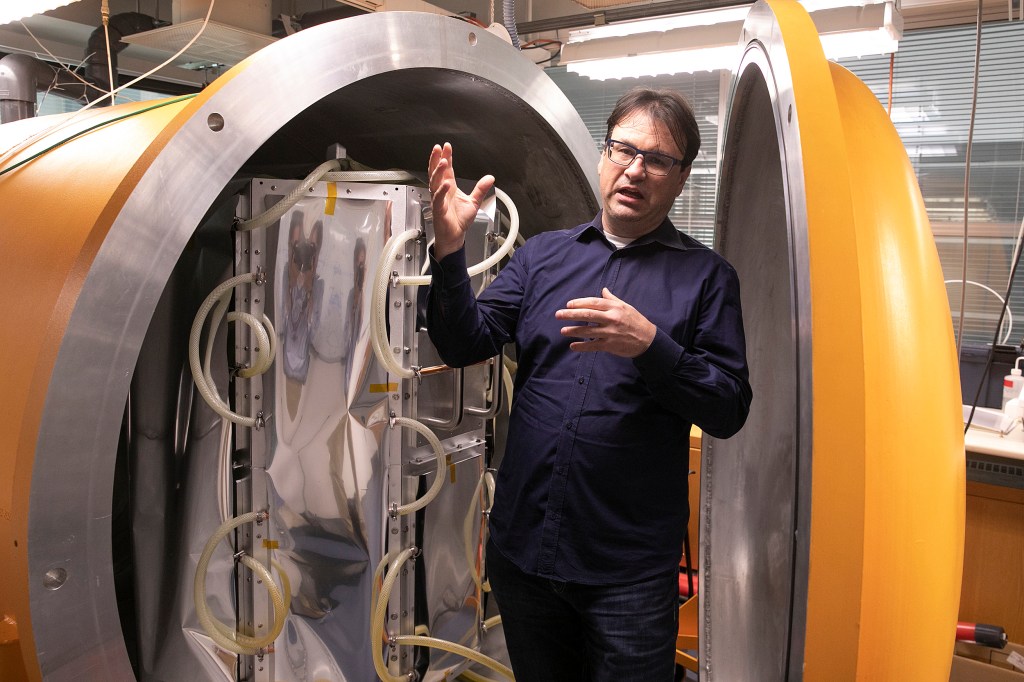
-
Life on the ice
Harvard researchers describe life in the South Pole.

-
A ‘Goldilocks zone’ for planet size
Researchers have redefined the lower size limit for planets to maintain surface liquid water for long periods of time, extending the so-called habitable zone for small, low-gravity planets.

-
A SWIFTer way to build organs
A new technique called SWIFT (sacrificial writing into functional tissue) ultimately may be used therapeutically to repair and replace human organs with lab-grown versions containing patients’ own cells.
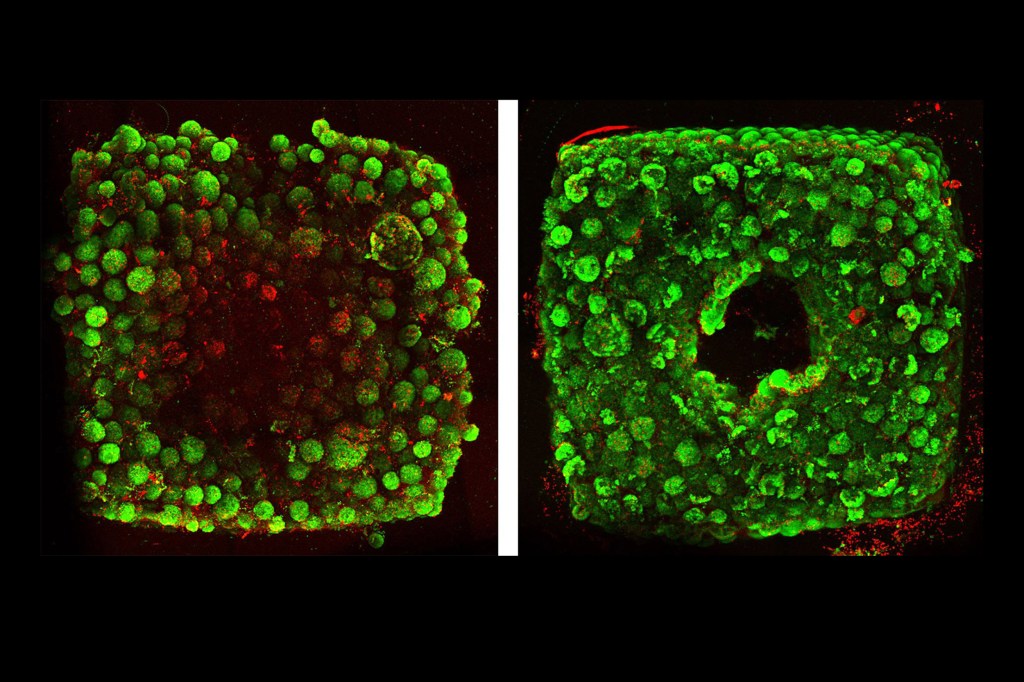
-
Lessons in learning
Study shows students in ‘active learning’ classrooms learn more than they think
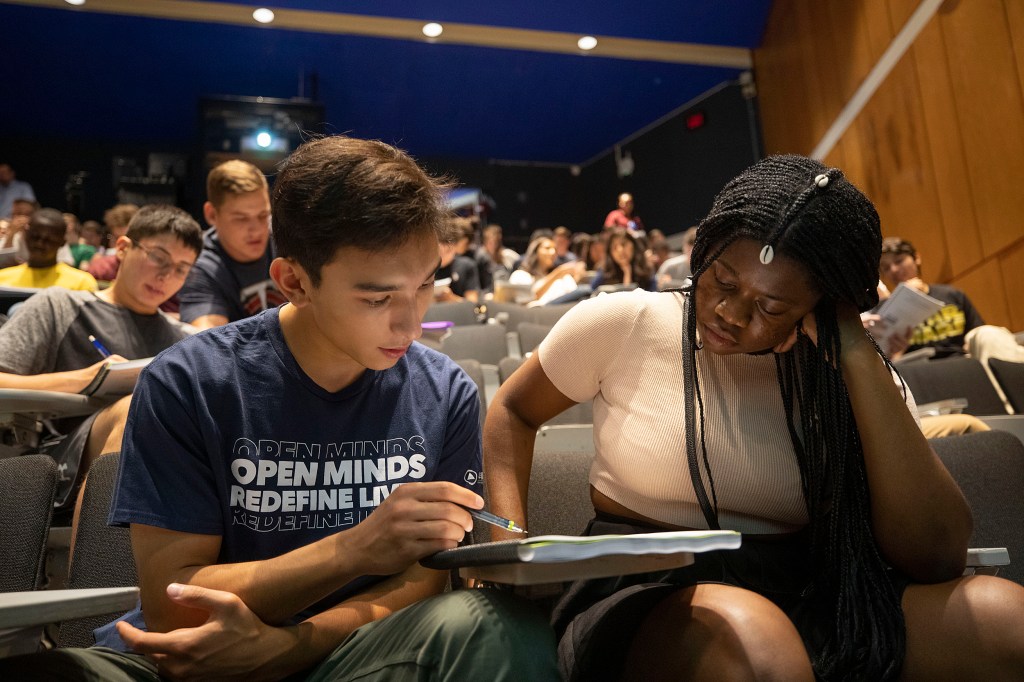
-
Hunters, herders, companions: Breeding dogs has reordered their brains
Erin Hecht, who joined the faculty in January, has published her first paper on our canine comrades in the Journal of Neuroscience, finding that different breeds have different brain organizations owing to human cultivation of specific traits.

-
Fighting flora with fauna
Scientists at the Arnold Arboretum are employing a species of predator moth to fight the invasive swallow-wort vine.

-
Pancreas on a chip
Islet-on-a-chip technology allows clinicians to easily determine the therapeutic value of beta cells for any given patient.

-
A gentle grip on gelatinous creatures
To study jellyfish and other fragile marine life without damaging them, researchers developed ultra-soft underwater grippers that catch and release jellyfish without harm.
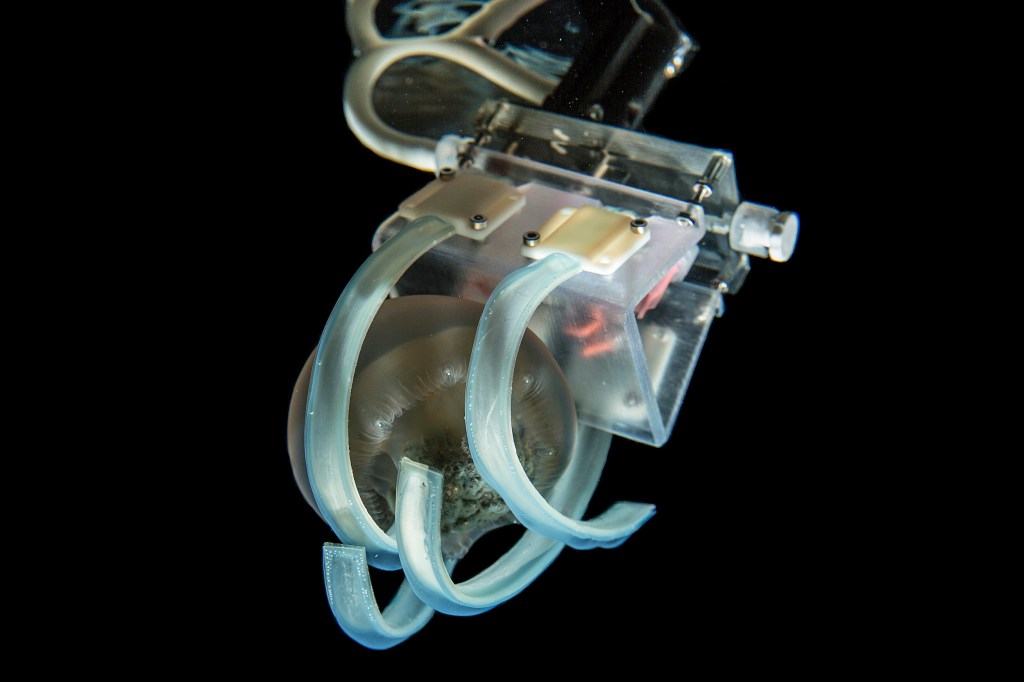
-
Exposing how pancreatic cancer does its dirty work
New research has found that pancreatic cancer actively destroys nearby blood vessels and replaces them with cancerous cells, blocking chemotherapy from reaching tumors. This insight could lead to new treatments that act by preventing cancer’s colonization of blood vessels.
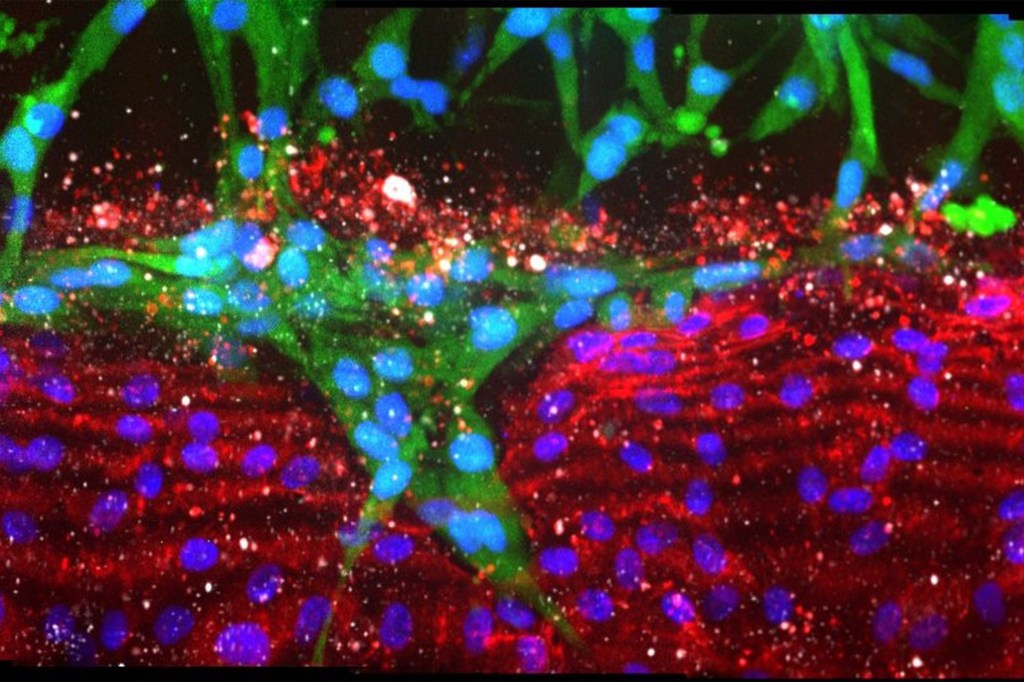
-
How a zebrafish model may hold a key to biology
Martin Haesemeyer set out to build an artificial neural network that worked differently than fish’s brains, but what he got was a system that almost perfectly mimicked the zebrafish — and that could be a powerful tool for understanding biology.


